Here’s a salutary fact to unpack next time you’re trying to wedge a broken fridge-freezer into the back of your car for its final journey: there was no regular British estate car – shooting brake, station wagon, call it what you will – which went down the same production line as its sister models until 1957, and the launch of the Vauxhall Victor estate.
Until then, they’d all been either vans with windows or saloons artfully turned into load-carriers. This sort of conversion led Aston Martin to sanction the first sporting estate car, and then the Reliant Scimitar GTE took the idea mainstream in 1969. Ever since, the choice of available shooting brakes should have been wide enough to satisfy every call for extra square footage this side of a Peugeot Partner. Yet for some, putting a tailgate where it doesn’t belong has remained a challenge to be relished.

Here are 11 of the most outlandish shooting brake conversions from the past.
Radford Aston Martin DB5
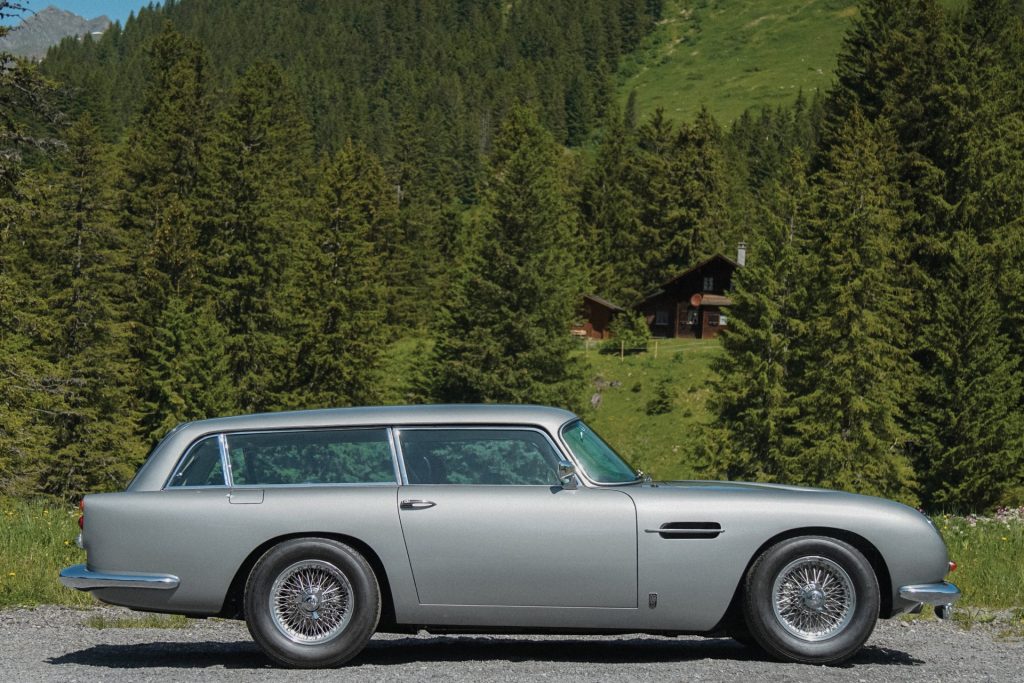
Astons and sacks of hedge clippings have made, perhaps surprisingly, a happy combination ever since Prince Charles was still in knickerbockers. The DB2/4 of 1953 was the first car anywhere with a top-hinged tailgate and folding back seat. Company owner David Brown, noted lover of country pursuits, had the lads in the factory turn his DB5 into a fantastically handsome shooting brake, and then whenever one of his pals asked for one they were directed to the coachbuilders at London’s Harold Radford & Co where the exacting transformation from supercar to super-versatile-car could take place for the small consideration of an astronomical fee. A dozen were sold, all very hush-hush.
Lamborghini 400GT Flying Star II
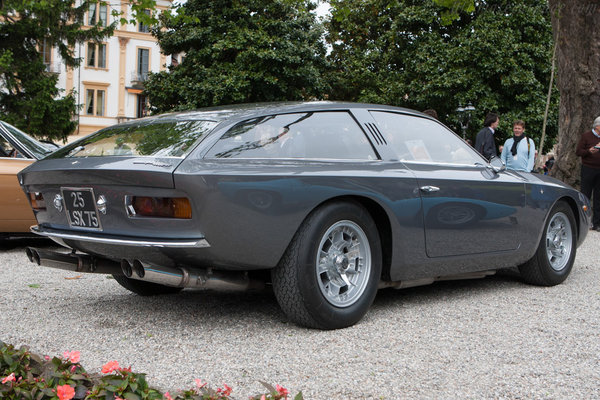
It might have just about the narrowest tailgate ever seen but the Flying Star II slips in as the only Lamborghini estate car the world had ever known before the confounded Urus came along. The year was 1966, the debut was the Turin motor show, the shortened chassis and basic shape came from the delectable Lamborghini 400GT, and the styling was by the legendary Carrozzeria Touring. It was, in fact, the very last design from the firm before it closed down. Everything behind the driver and passenger was given over to cargo, with the idea of little seats for children shunned in place of ample luggage space for a decent two-week trip away – something tricky to contemplate in the regular Lambo of the time.
Reliant/Ogle GTS
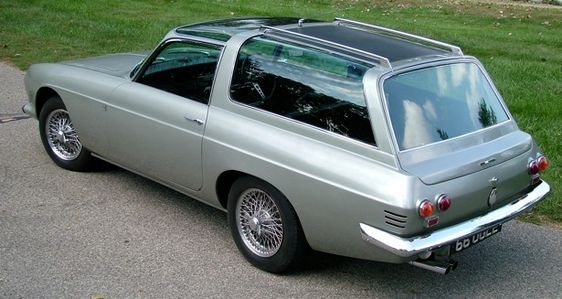
Ogle used to be the most important industrial design company in the UK and was often called upon to build showcases for the capabilities of British industry. One day in 1965, glass maker Pilkington commissioned the firm to make a mobile one-off to promote the qualities of its Triplex Sundym glass, and the finished car became a modified Reliant Scimitar GT (which Ogle had also styled) with an almost totally transparent ‘glasshouse’. In what must surely have been the motor industry PR coup of the decade, they then lent this ‘Glazing Test Special’ to Prince Philip as his daily driver. His hair seemed to recede from that very point on. The GTS partly inspired the 1969 Scimitar GTE, the first mass-produced sports-estate car.
Alfa Romeo Alfasud Giardinetta
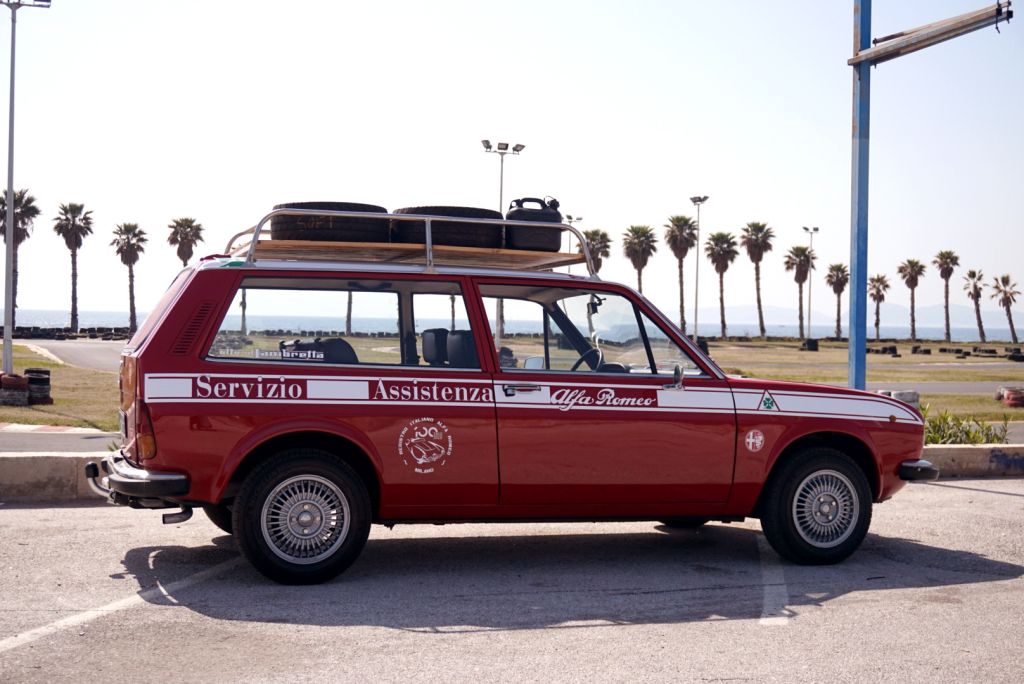
Just shy of 700,000 of the brilliant little Alfasud were built, but only a tiny fraction of them – less than 6000 – were the trim little Giardinetta three-door estates. It’s a complete mystery as to why it was so shockingly unpopular because, as the company had forgotten to include a hatchback in the hatchback-shaped ‘Sud itself, this was the only version that could be called all-round useful. Launched in 1975, Alfa designers did a far more accomplished job at squaring-up the standard fastback than British Leyland did with its Allegro, but Alfa Romeo’s first factory-produced estate still became an instant dead duck.
Rover P6 Estoura
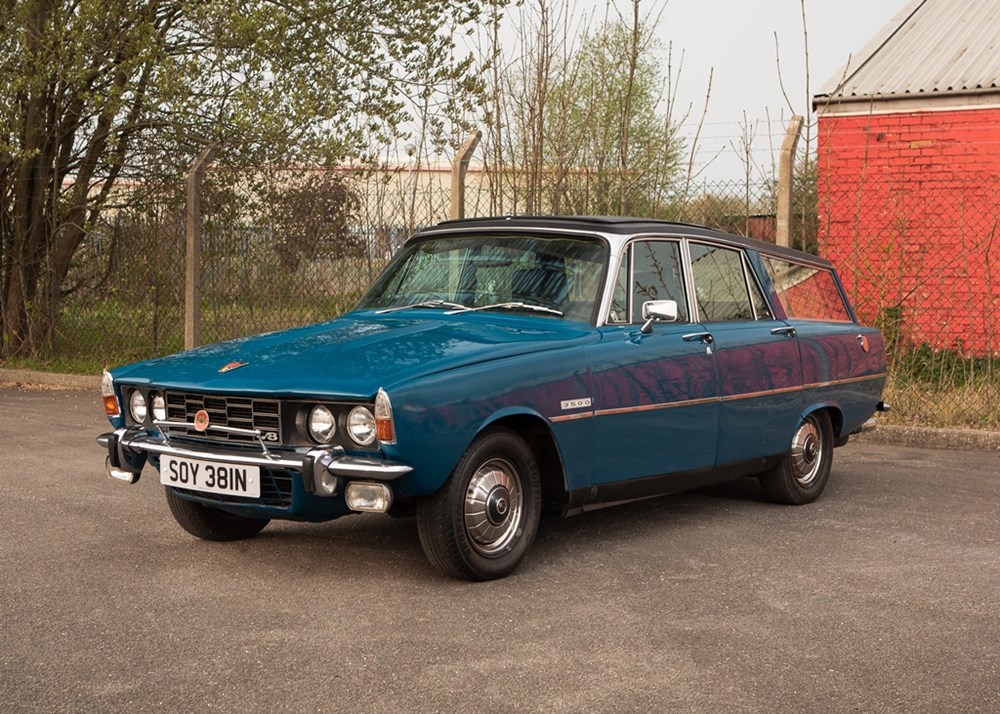
The sloping roofline of the once-futuristic Rover P6 didn’t seem to lend itself to shooting brake conversion. But men in sheds will have their way, and the Estoura transformation of 2200s and 3500s into estates was undertaken jointly by FLM Panelcraft under a railway arch in Battersea, London. Despite the shallow tailgate, you could get a quite a bit of stuff in the back, although the folding rear seats provided a somewhat mountainous cargo bay floor. Some 150-200 examples were sold through dealer HR Owen; many owners were none too pleased when the low-rent handiwork meant rainwater was sluiced into the innards of the back end, turning the car into a notorious rustbucket.
Jaguar XJ-S Lynx Eventer
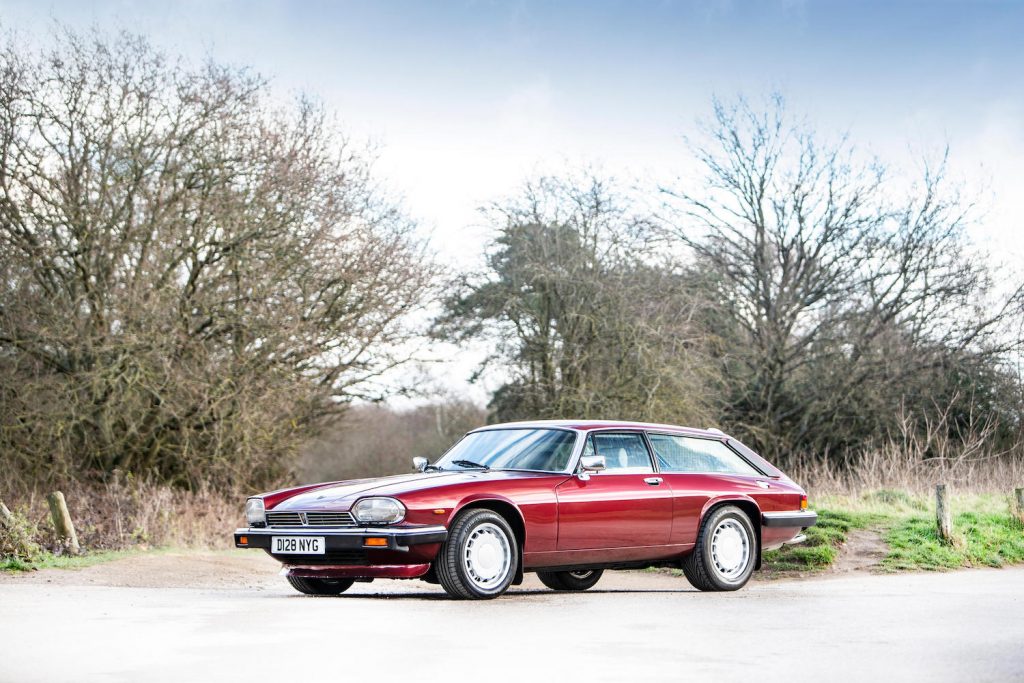
Jaguars – all Jaguars – have been devilishly hard to transform into shooting brakes. The svelte shapes simply were never intended for a van-like resolution at the rear end. And the XJ-S with its distinctive buttresses and quarter-circle rear lights would have seemed as tricky as an E-type to get right. Jaguar D-type specialists Lynx Motors therefore did a masterful job for the Eventer, in 1982, with its sleek upper half and flat luggage platform floor. Some 67 XJ-Ss were converted at a cost of almost £7000 each, which included a Ford Escort MkIII tailgate cleverly bent to the Eventer’s needs.
Marold Automobil Magnum Corrado
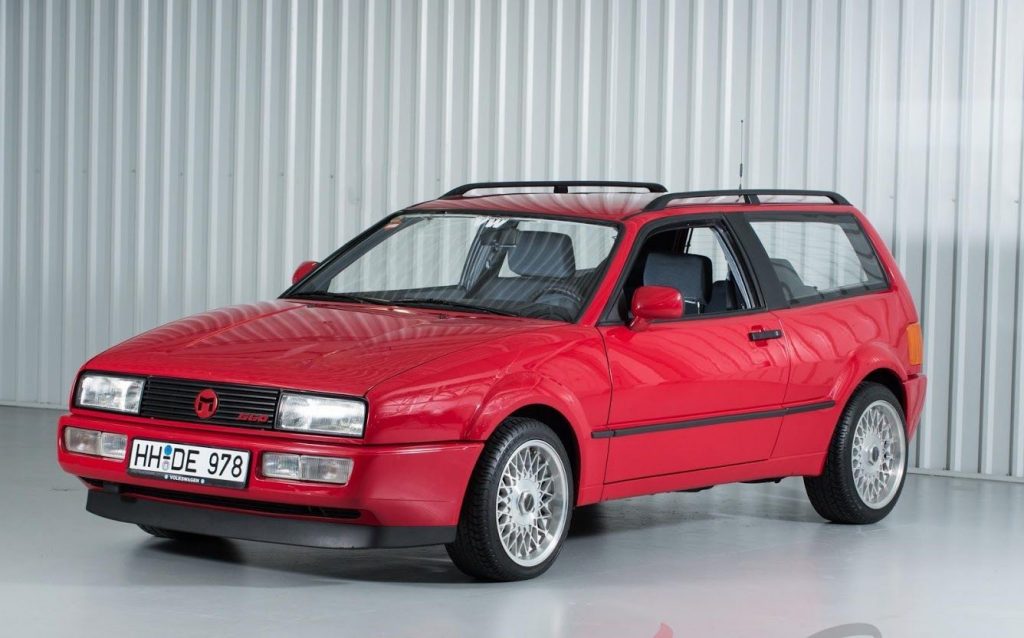
If the man on the street had a good idea for a new model, even as late as the 1990s before stringent construction regulations really set in, all he had to do was build a prototype and pitch it to the manufacturer concerned. After all, that was exactly what Bertone and Karmann did by peeling the roofs off Vauxhall Astras and VW Golfs, and they soon had orders to build thousands. We can imagine this must have motivated the enterprising people at speculative German venture Marold Automobil in 1990 with their proposal for a Volkswagen Corrado G60 shooting brake called the Magnum, They made the back end look as much like a VW Polo as possible in their attempts to lure Wolfsburg bosses into a production run, and built two prototypes (both survive) to show their workings. It didn’t come off but was definitely worth a try.
Ferrari 365GTB/4 Daytona NART
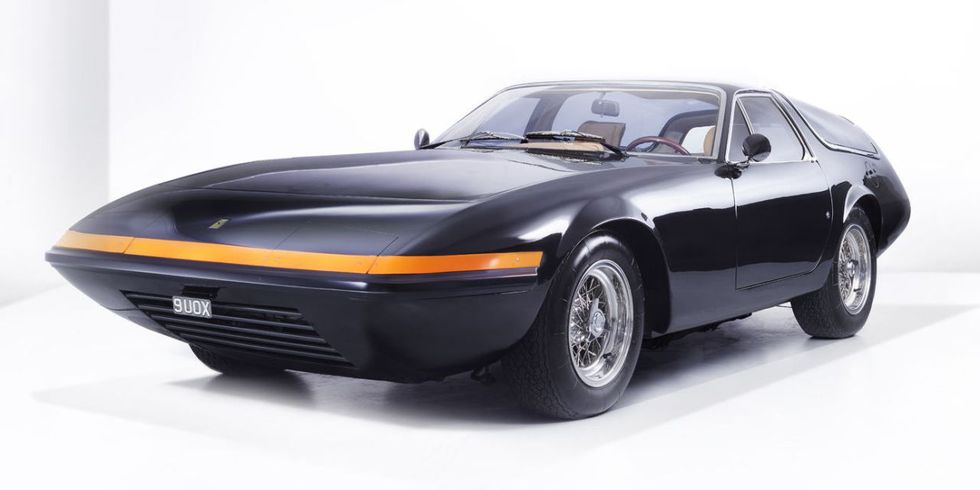
Today it’s regarded as utter sacrilege to mess about with original Ferrari Daytonas – the supercar poster boys of the late 1960s – but in 1974 the owner of the North American Racing Team, Ferrari apostle and campaigner Luigi Chinetti Jnr, decided he wanted to redesign one that no-one who saw it would ever forget. Working with designer Gene Garfinkle, he created a jaw-dropping station wagon that, in place of a traditional tailgate, boasted gullwing-style opening panels on either side of the wood-lined cargo deck. And the conversion work itself, you may be amazed to know, was done in Weybridge at the workshops of specialist car company Panther, using the 805th Daytona made as a basis. It’s certainly dramatic but is a real opinion-splitter among Ferrari collectors, which perhaps explains why this unique vehicle frequently pops up for sale, and has covered less than 5000 miles.
Jankel Bentley Turbo R Val d’Isere
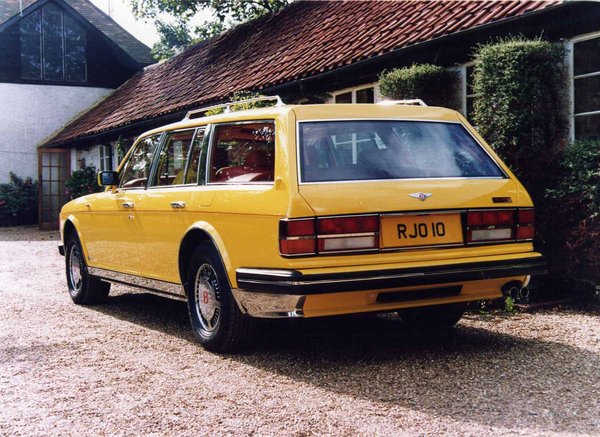
You’d probably want to think again about picking bright, primary yellow for your Bentley these days. The 1980s, though, was a time of excess and designer Robert Jankel was at your service to turn your Rolls or Bentley (they were virtually one and the same in those days) into something unique. This is the Jankel Val d’Isere full estate car edition. It had rather more than just a lurid face because the power of the Bentley Turbo R base vehicle was transferred to appropriately snowy roads via a bespoke four-wheel drive system. No doubt there were a few shocked faces among Range Rover drivers. The Sultan of Brunei was rumoured to be an owner.
Page TR7 Tracer
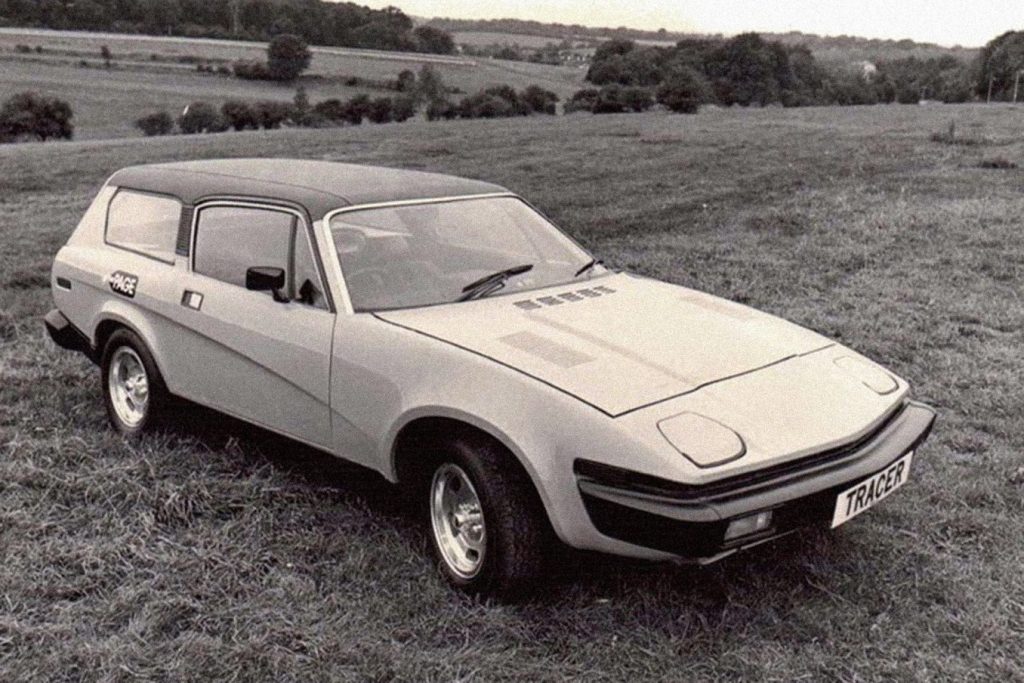
Not every concept car needs a huge design team and millions of quid to go from sketch to reality; this one was built in a shed in Kent and was funded by a British Leyland dealer. Page Motors of Epsom, Surrey had the idea for a 2+2 sports estate version of the Triumph TR7 and asked Crayford Engineering of Westerham to create one. The finished car featured a folding rear seat and a tailgate… and a black vinyl roof, perhaps to hide all the unsightly joins.
Maserati Touring Bellagio Fastback
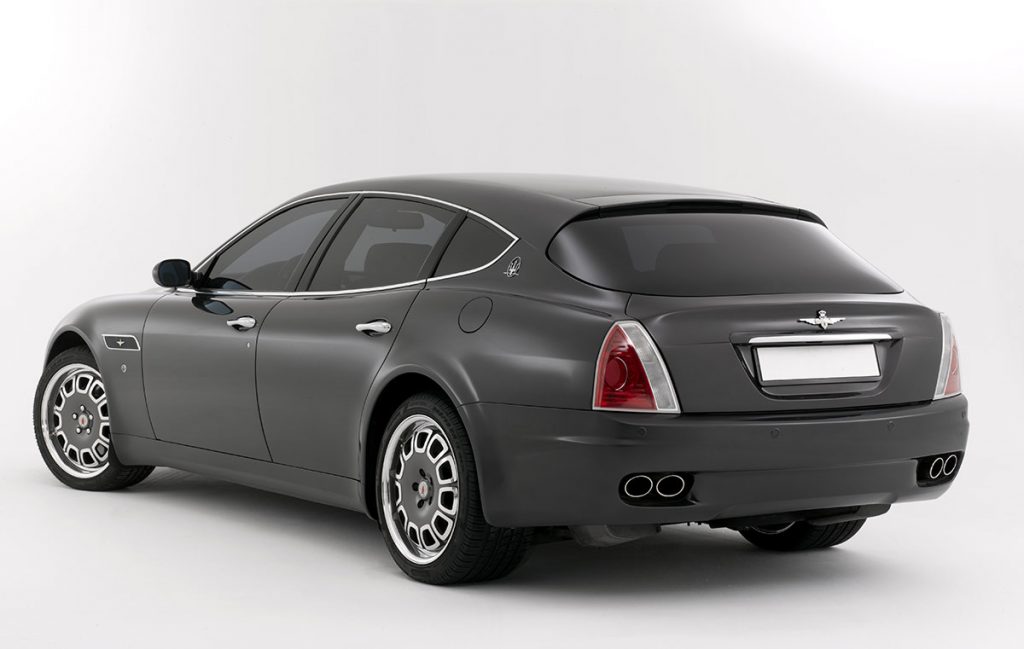
It’s curious that car industry leaders – from British Leyland boss Michael Edwardes with his Rover SD1 3500 to Fiat chief Giovanni Agnelli and his Fiat 130s – have often demanded a unique shooing brake to convey their importance. The tradition continues in the 21st century with Carlo Bonomi, an Italian financier and ex-Ducati President. Not just any old Maserati Quattroporte for him. On no, It had to be one worked over by the craftspeople at the Carrozzeria Touring Superleggera coachbuilding company, in 2009. It was an estate to be used on his estate, apparently; hence the dog guard, concealed shotgun compartment, and forest green paintjob. Actually, they’ve built four in total so far, and even gone to the trouble of designing and homologating the folding rear seat design and reshaped fuel tank so they are as sound as mass-made ones.
(This story originally appeared on the site in January 2021. – Ed.)










Hi
I reckon there should be at least two more on this list, the zodiac/Zephyr mk2 Farnham estate and the Volvo P1800, both great looking cars that conjure up the era they came from beautifully.
You mention the Victor Estate being the first production Estate – but then don’t show a photo.
These Shooting Brakes all look wonderful. I have a Merc CLS Shooting Brake and really can’t find a replacement with such soothing lines. May have to keep it to become a Classic!!
Haven’t we forgotten the Jensen Healey GT, or is that not classed as a shooting brake?
I think you should feature some REAL shooting brakes. You could start with the Alvis TA14 ‘Woody’.
Don’t forget the Citroen CX estate. Very stylish in 1980(?) & about the first civilised diesel. A truly wonderful long distance load carrier & tow car.
What no Volvo 1800ES?
Lancia Beta HPE anyone?
Gilbern Invader Estate, I’m sure I’ve seen a better TR7 ‘estate’. Was the Lamborghini Marzal only ever a matchbox car? Isuzu Sport Wagon. Lancia Beta HPE. (I grew up with my dad’s Scimitar SE5a, worked at Land Rover in the ‘90s. Favourite car? Citroen DS Safari)
The rear window on the Lynx Eventer is from a Citroen Ami NOT a Ford as stated
Let’s see the BMW Z3M coupe, it’s effectively a wee shooting brake, a mad skunkworks rarity, what a car 🙂
Volvo 66?